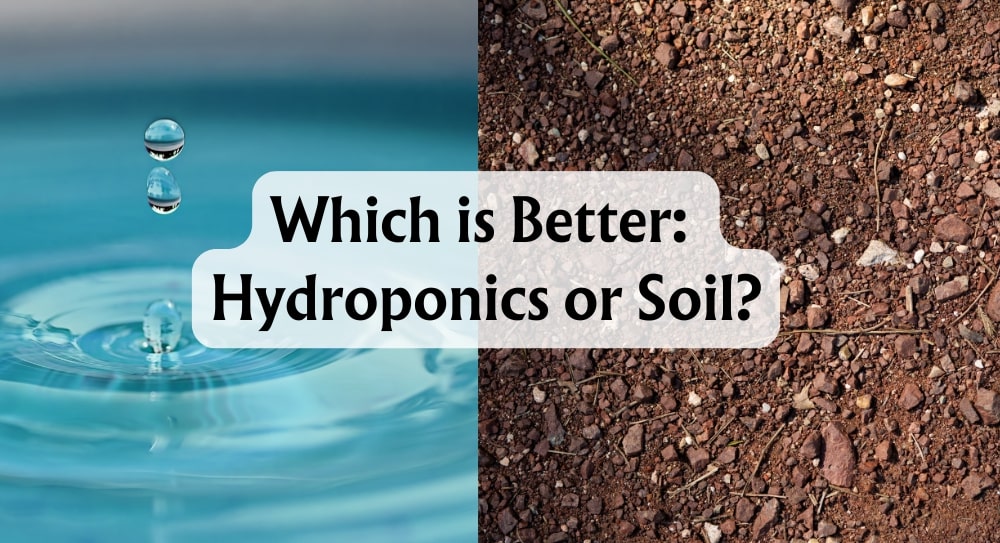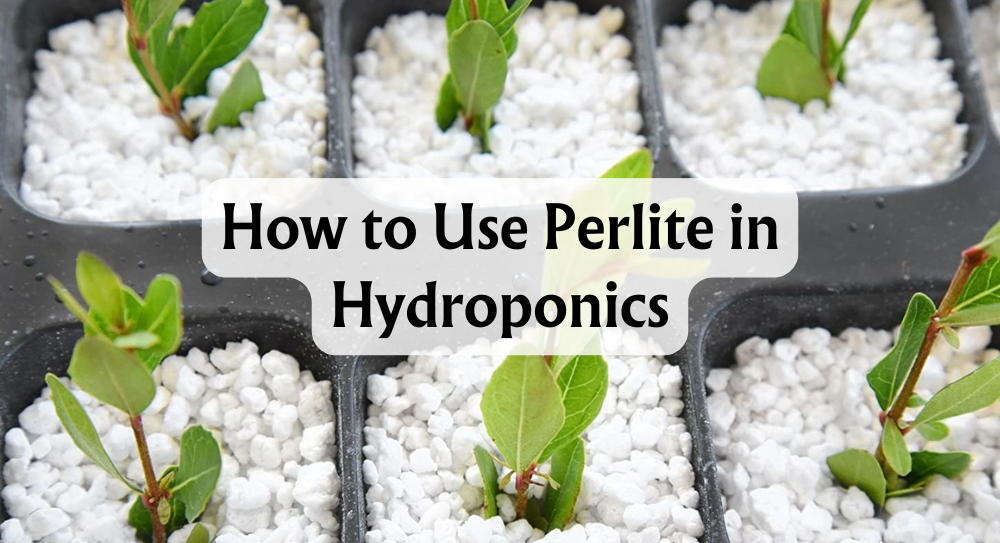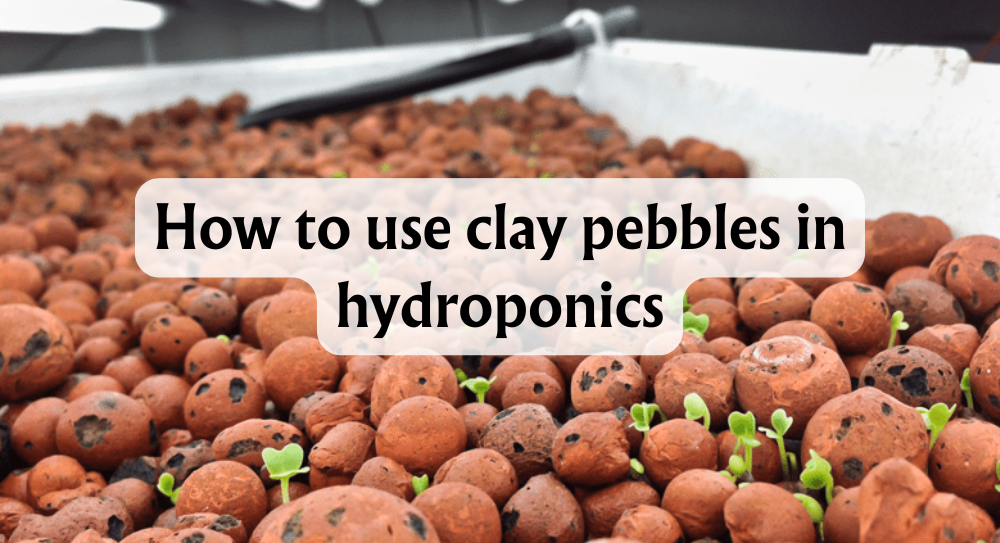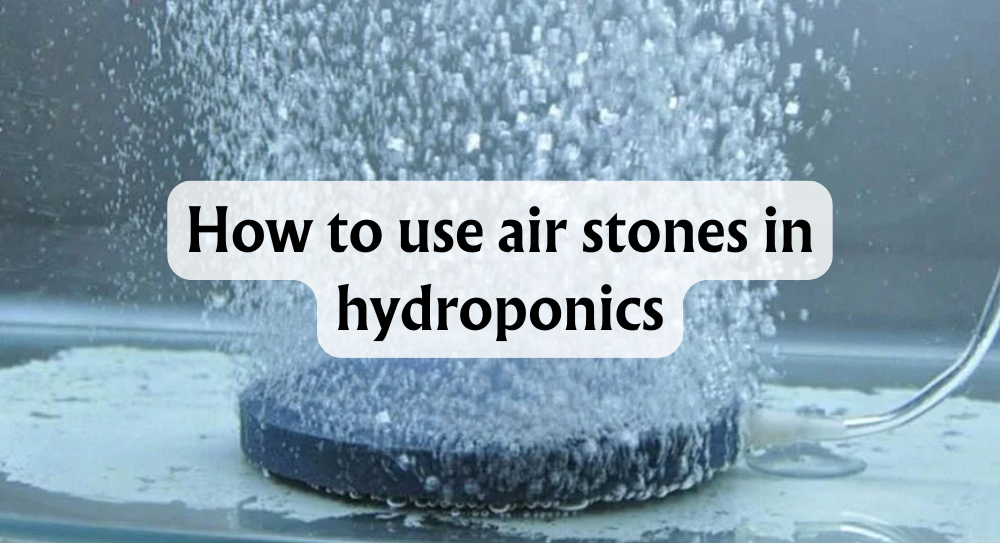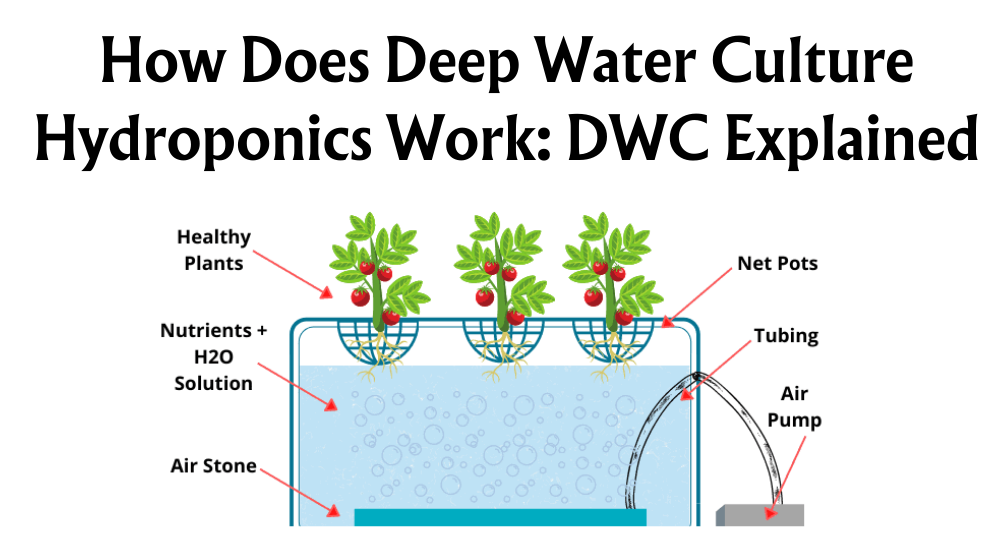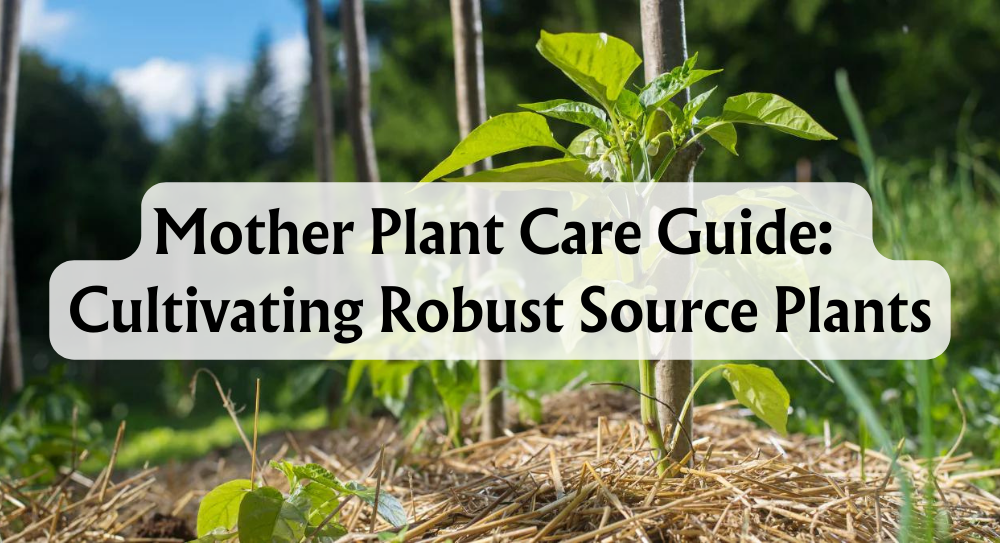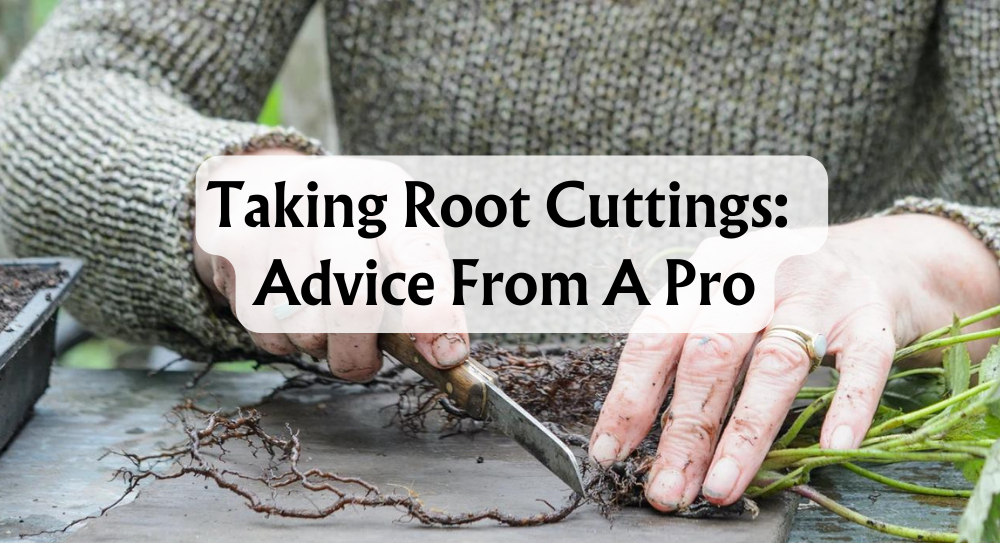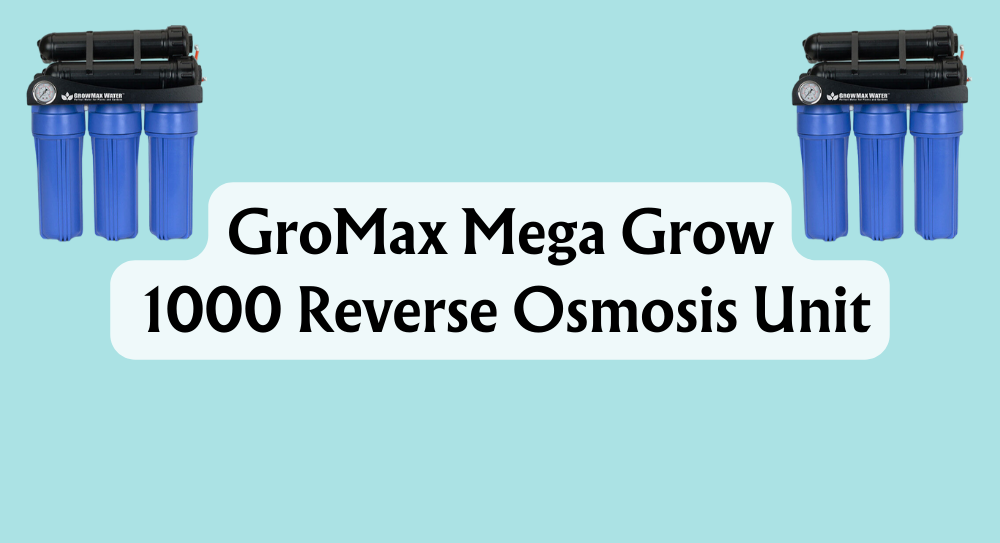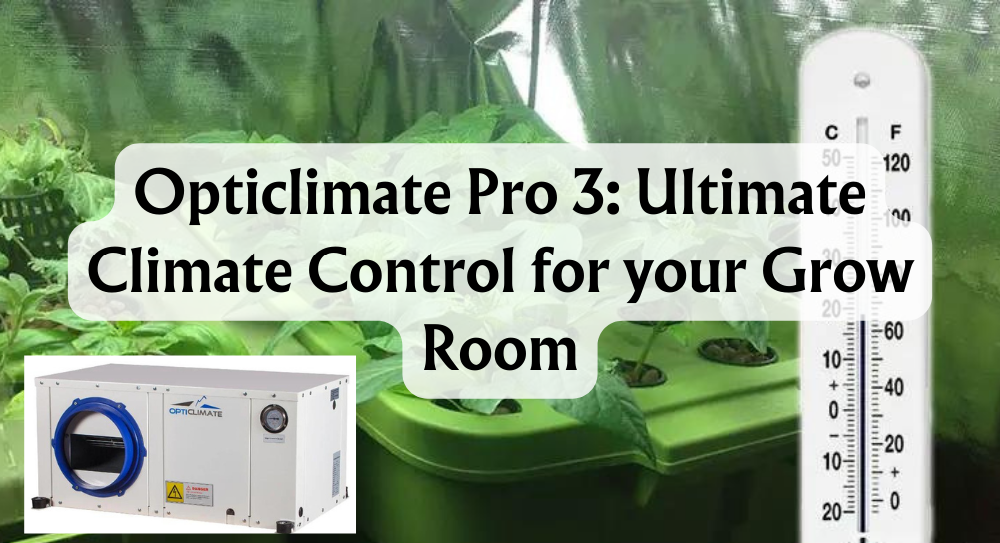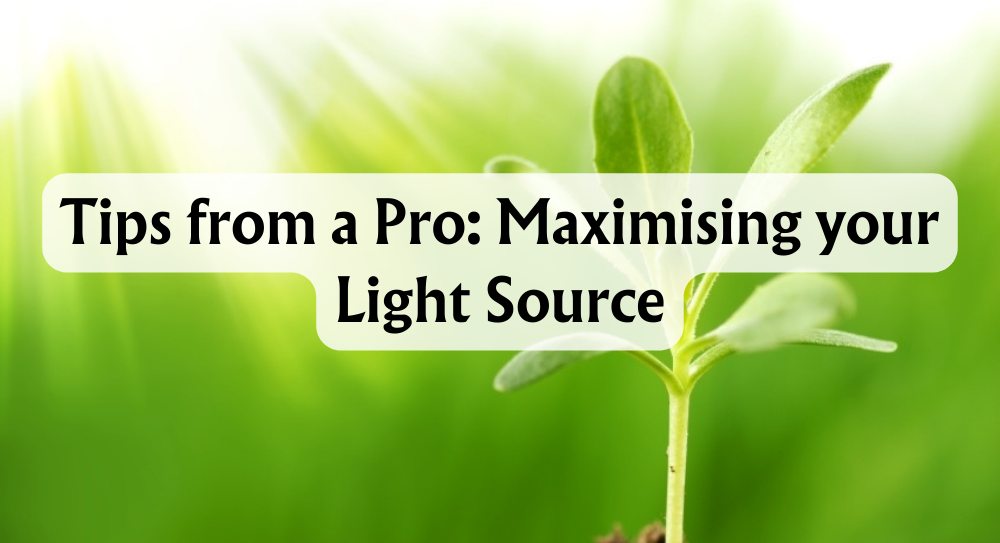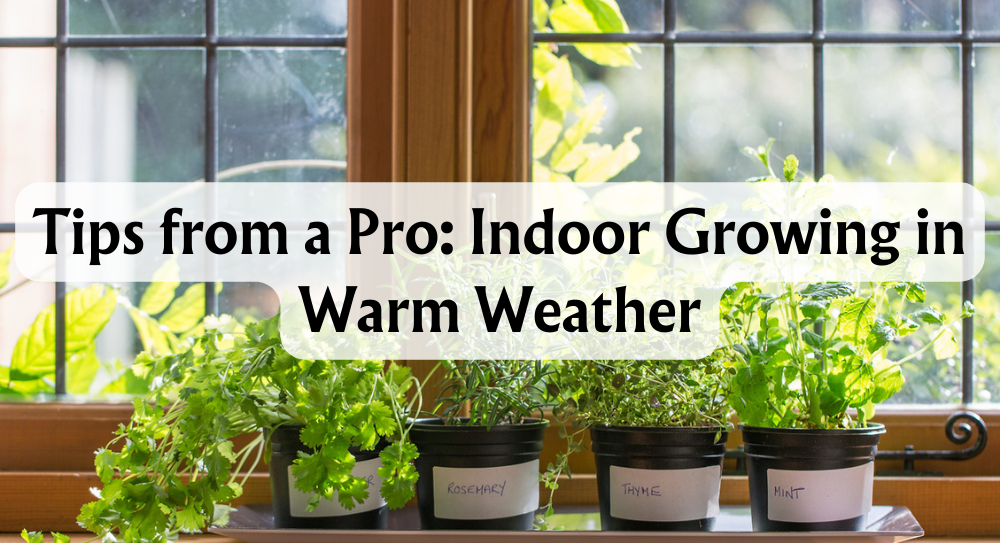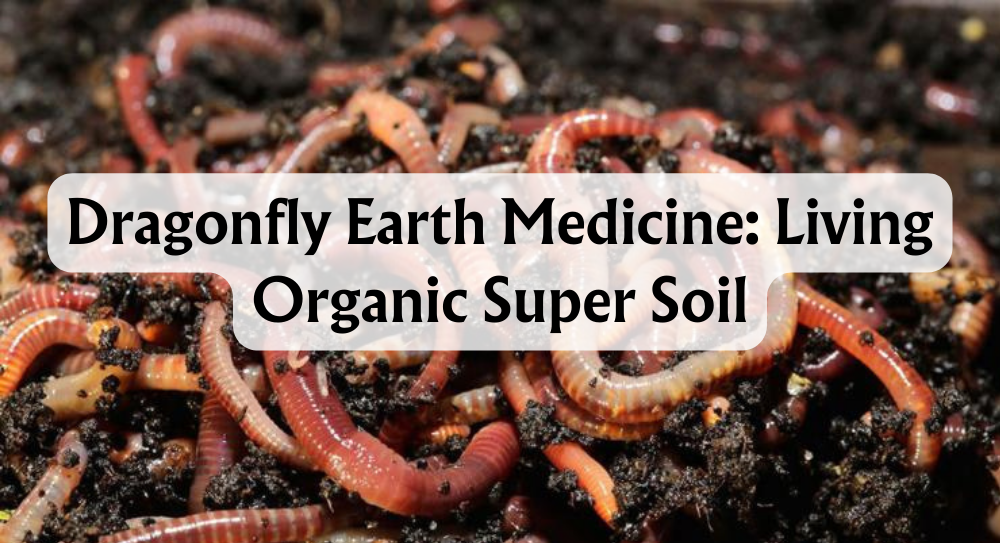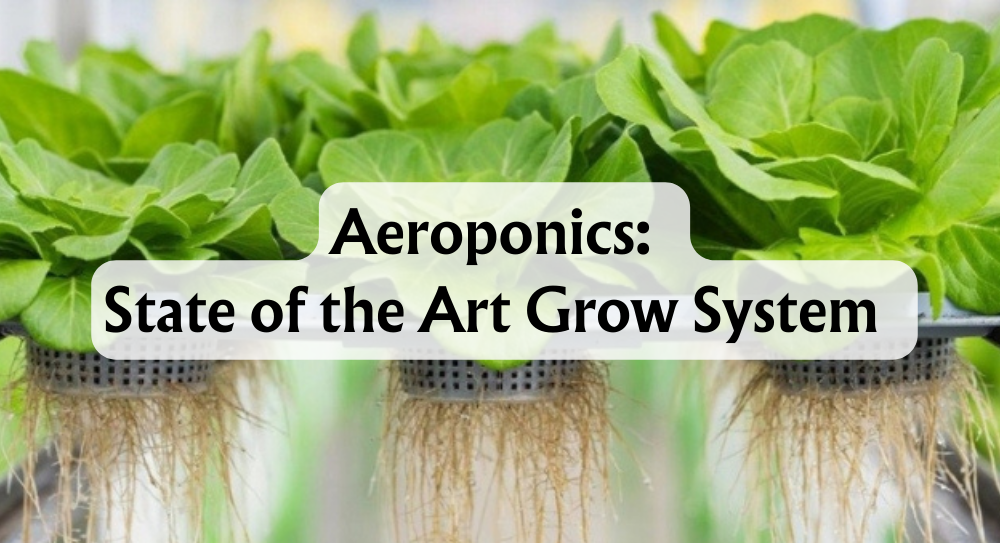Have you ever wondered if plants have a preference for where they spread their roots? It’s a question we gardeners love to ponder: whether our green friends thrive better in the nurturing embrace of soil or in the high-tech aquatic environment offered by hydroponics. As we embark on this journey to uncover the virtues of each method, let's dive into what makes hydroponics distinct from the soil we've been tilling for ages.
Hydroponics, a growing method where plants are grown in a nutrient-rich water solution, bypassing the need for traditional soil, has surged in popularity for its water and nutrient efficiency. This soil-less growing system allows plants to absorb their necessities directly, often resulting in expedited growth, which makes us reassess our conventional digging in the dirt. Indeed, the conversation about whether hydroponics trumps soil hinges on factors like efficiency, growth rate, and suitability of certain plants to each method.
As we explore which medium might reign supreme for our botanical companions, we'll assess the pros and cons that each offers. Our green thumbs will delve into why hydroponics might speed up the growth process, and reveal the star performers of the hydroponic stage. We'll aim to equip ourselves with enough knowledge to determine which gardening approach aligns with our goals and preferences.
Key Takeaways
- Hydroponic growing can be more water and nutrient-efficient compared to traditional soil cultivation.
- Plants in hydroponic systems may have a faster growth rate due to direct nutrient absorption.
- Determining the best growth medium depends on various factors including the type of plants and grower preferences.
How Is Hydroponics Different From Soil Growing?
Are you toying with the idea of starting your own garden, but can't decide whether to go the traditional soil route or venture into the world of hydroponics? It's a common conundrum! Soil gardening and hydroponic systems each have unique perks and quirks, making the choice a personal one. Here's a quick lowdown on how the two stack up against each other, helping you weigh your options.
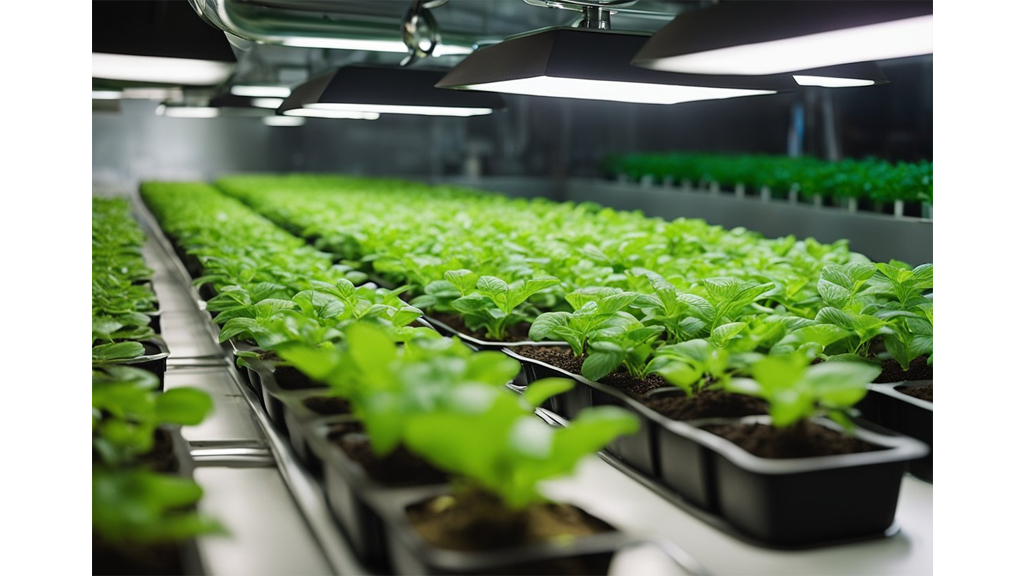
When we talk soil, we're referring to the classic method where we are growing plants in the ground or in containers filled with soil. It's the natural way, where plants fetch their nutrients from organic matter. In contrast, hydroponic systems ditch the dirt for water. Not just any old water, mind you, but a special nutrient solution that plants sip directly, no soil needed.
With hydroponics:
- Plants have direct access to nutrients through water, leading to potentially faster growth rates.
- Water usage is typically lower, up to ten times less than soil gardens.
- Space isn't as big of a hindrance; vertical setups are a go, meaning more green in less square footage.
But don't think soil is out for the count! Soil gardening:
- Is often considered beginner-friendly; it's the way nature intended, after all.
- Can be more cost-effective to start. No need for complex systems here!
When picking your green thumb battleground, consider:
- What plants are you planning to grow? Some adore hydroponic life, others... not so much.
- The space and budget you're working with – initial setup for hydroponics can be costly.
- Your knack for tech. Hydroponics often come with gadgets like pH meters.
Remember, there's no one-size-fits-all answer here. Whether you're leaning towards hydroponics or soil, both will get your plants growing. It's just a matter of preference and practicality!
Soil Growing
When we dig into traditional gardening, we're talking about soil growing. The growing conditions mean we get our hands dirty, literally, planting seeds in soil that becomes their source of life. Picture carrots pushing through the earth, potatoes buried like treasure, roses blooming with pride, and sunflowers towering high—all growing gloriously in nature's own medium.
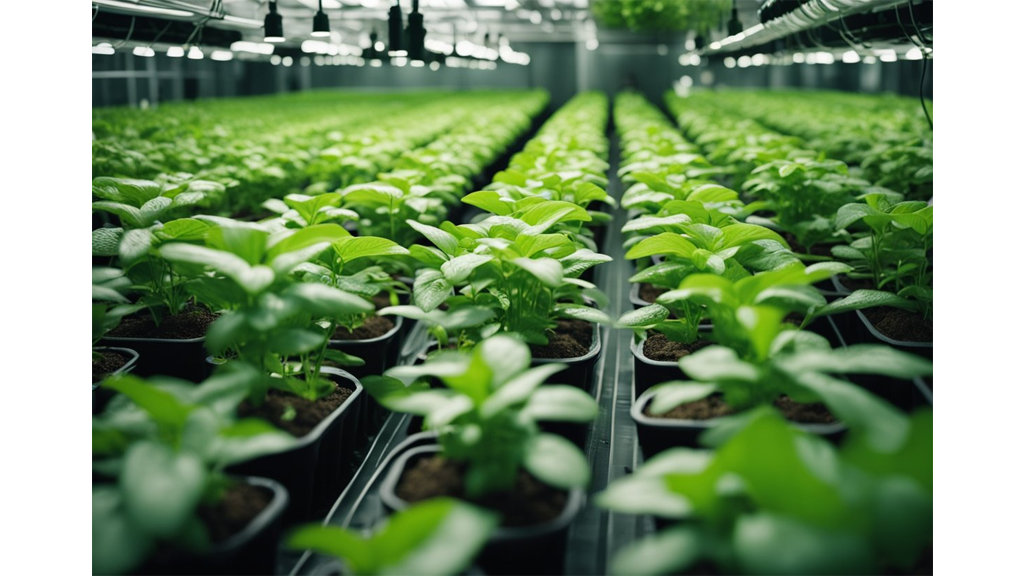
Advantages
Soil growing is as simple as gardening gets. It's accessible and affordable because, well, it's soil, and there's plenty of it around. Here's a nifty list to show you some of the perks:
- Simplicity: We just need soil, seeds, and water to start.
- Availability: We can often use the soil right from our backyard.
- Affordability: Less reliance on costly systems or technology.
- Organic Potential: Utilising compost, we can enrich the soil organically—good for us and the planet!
- Microbial Activity: The presence of natural microorganisms aids plant nutrition and health.
- Diversity: It suits a wide range of plants, like the veggies and flowers we mentioned earlier, roses anyone?
But let's chat about the ecological side of things too. Soil acts like a mini ecosystem, bustling with microbial life that supports our plants. We can just chuck in some compost, and voilà, we've whipped up a nutrient-rich feast for our garden dwellers.
Disadvantages
However, just like our famed British weather, soil can be fickle and unpredictable. It's not all roses; here are the thorns:
- Water Use: Afternoon tea for plants—soil demands a hefty serving of H2O.
- Nutrient Consumption: As greedy as a chip-starved seagull, some soils can require lots of additional fertilizers.
- Weeds: The uninvited guests at our gardening party, constantly requiring us to pull and pluck.
- Pests & Diseases: Like a villain in a British mystery, pests and diseases lurk, ready to wreak havoc.
- Maintenance: Think of it as the gardening equivalent of keeping a stiff upper lip; it requires constant upkeep.
- Inefficiency: Compared to hydroponics, traditional soil isn’t as direct in transporting nutrients to plant roots.
Remember, every rose has its thorns, and so does soil growing. It could do with an efficiency tweak here and there, especially when we're up against weeds that seem to have endless energy and pests that would fluster even the boldest gardener. Plus, we're using quite a bit of fertiliser and water to keep the show on the road—something to keep in mind if we're minding our carbon footprint.
Hydroponics
Join us in exploring the intriguing world of hydroponics, where plants thrive on just nutrients and water. Here, we delve into the unique advantages and challenges of cultivating a hydroponic garden, where soil takes a backseat to innovation.
Advantages
Hydroponic systems are a true marvel of human ingenuity, allowing us to grow lettuce, spinach, tomatoes, and peppers without a speck of soil. Here's what sets them apart:
- Efficient Nutrient Absorption: Plants have direct access to nutrients dissolved in water, simplifying their uptake.
- Maximised Yield: Space is used more effectively, often resulting in greater yields compared to traditional soil gardens.
- Water Conservation: Recirculating systems mean less water waste – a win for our water bills and the environment.
- Pest & Disease Reduction: Reduced exposure to soil significantly lessens the occurrence of soil-borne pests and diseases.
- Control: Precision is at our fingertips; we can tweak everything from pH to nutrient levels for optimal plant growth.
Disadvantages
However, it's not all smooth sailing. Let's look at the potential stumbling blocks:
- Initial Setup Cost: The upfront investment for equipment such as reservoirs, pumps, and grow lights can be steep.
- Technical Knowledge: It requires a solid grasp of the system to keep our plants happy and healthy.
- Electricity Dependence: Our gardens are at the mercy of power supplies; without electricity, pumps and aeration devices halt.
- Equipment & Power Consumption: Running the system can lead to higher electricity usage, impacting running costs over time.
Hydroponics defies traditional gardening constraints, transforming rooftops, urban spaces, and even our living rooms into bountiful green oases. Whether we're looking to save on space or dodge the common pitfalls of soil gardening, hydroponics presents a compelling case. Yet, amidst this high-tech approach, it's essential for us to weigh the balance of rewards and responsibilities alike.
Is Hydroponics More Efficient Than Soil?
Have you ever wondered if we could save water while farming like never before? Well, with hydroponics, we're doing just that! Our water use is incredibly economical since hydroponic systems recirculate water, meaning our plants sip what they need without a single drop going to waste. In fact, hydroponic gardens significantly reduce water consumption by up to 90% compared to traditional soil gardens.
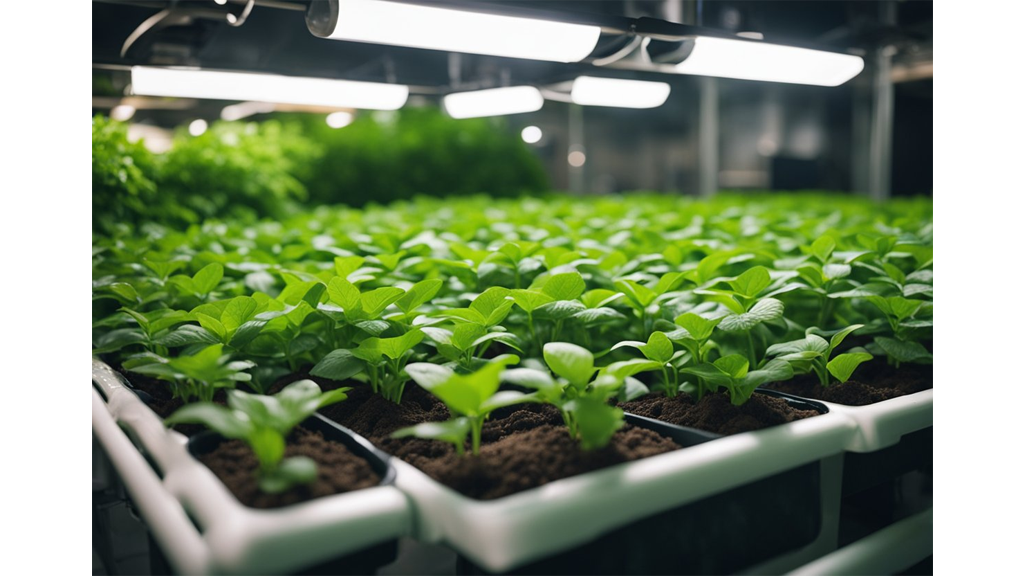
Let's talk nutrients. In hydroponics, we deliver them directly to the plants' roots in a perfectly crafted blend. This personal dinner service for our green friends means nutrient delivery is more controlled and efficient. This not only makes the plants happier (and who doesn't want happy plants?) but also allows them to absorb nutrients up to 2.2% more effectively than in soil.
And yields? We're seeing some lush growth here! Hydroponic farms aren't just a pretty face; they're hard workers, too. Expect up to 25% higher yields versus their soil-grown counterparts due to faster and more consistent nutrient absorption. Plus, we're saving some serious elbow room as well since hydroponics can be incredibly space-efficient. Think vertical farms and stacking systems that make the most of the available area.
As for our wallets, going hydroponic could be more cost-effective in the long run, especially with savings on water and potential increases in production. That's not to say that the initial setup won't pinch — it can be a tad pricey — but think of it as an investment in a greener, more bountiful future.
Here's a quick breakdown:
- Water Use: Up to 10 times less than soil gardens
- Nutrient Delivery: More controlled, with the absorption rate improved by 0.3% - 2.2%
- Higher Yields: Up to 25% more produce
- Space Efficiency: Multi-layered farming possible
So, if we're looking for efficiency, it seems quite clear that hydroponics has a lot to offer.
Does Hydroponics Grow Faster Than Soil?
Have you ever wondered if there's a speedier way to get your greens? Well, we certainly have and it turns out that hydroponic systems might be our fast track to fresher produce! In such systems, plants grow at an impressive pace - and we're not just saying that; there's science to back it up. Why, you ask? It's because they bask in a buffet of water, oxygen, and nutrients directly to their roots. Plus, they don't face the usual environmental stressors that soil-grown plants do, such as drought and overcrowding.
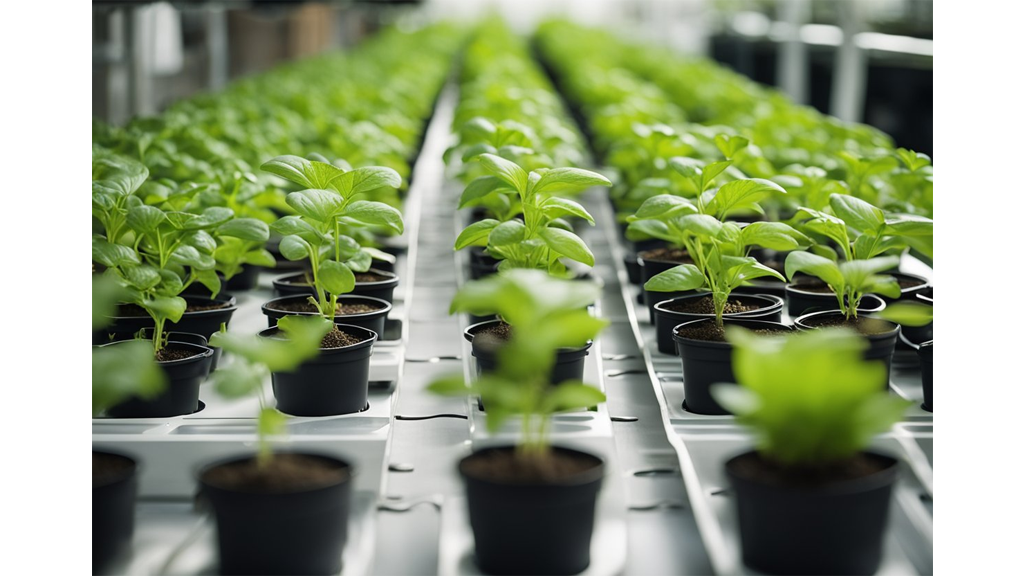
Now, let's look at some mind-boggling numbers. Studies, including one by NASA, show that plants in hydroponic setups can grow up to 50% faster than their soil counterparts. Picture this: A lettuce that takes two months to mature in soil could be ready to crunch in just one month hydroponically!
Furthermore, according to our friends at Cornell University, these plants aren't just quick, they're productive too, dishing out up to 10 times more yield per square foot.
To keep the party going for your hydroponic plants, we've got some handy tips:
- Nutrients: Tailor the nutrient mix to your plant’s dietary needs and keep an eye on pH and EC levels to keep them happy.
- Lighting: Just like us, plants love the right kind of lighting. Get the intensity and duration spot on, and watch them thrive.
- Climate control: Steady temperatures and humidity levels will stop your plants from throwing a tantrum.
- Pruning: Keep plants neat and tidy by cutting away the excess. This bit of housekeeping encourages them to grow strong and healthy.
Remember, by fine-tuning these elements, we're not just aiming for speed; we're after luscious, vigorous plants that feel like winners.
Best Plants for Hydroponics
Ever wondered what plants thrive in a hydroponics system? While we can grow a diverse range of plants hydroponically, some are just naturals at adapting to these soil-free conditions. They relish the direct access to nutrients and water, showing off their growth without the competition they'd typically face in the soil.
Leafy Greens:
- Lettuce: Crispy yet tender, lettuce is a hydroponic superstar. It prefers low to medium nutrient uptake, making it a great beginner's choice.
- Spinach: With similar needs to lettuce, spinach adjusts well to the hydroponic way of life. Plus, it grows fairly quickly!
- Kale: A little more nutrient-hungry, kale is a nutrient powerhouse that's ideal for your indoor garden.
- Arugula: With its peppery bite, arugula can add a kick to any salad, and it's a breeze to grow hydroponically.
Herbs that amp up the flavour in our kitchens also love the controlled environment:
- Basil: Its aromatic leaves are even more flavourful when grown via hydroponics.
- Mint: Known to run wild in the garden, mint's enthusiasm is well-contained in a hydroponic system.
- Corriander: Relish the freshness as cilantro flourishes with ample light and water.
- Parsley: This herb doesn't ask for much, making it an easy pick for hydroponic gardening.
And who could forget the Fruits? Strawberries perch beautifully in hydroponic setups, with their medium to high water love. Tomatoes and cucumbers? They're just as enthusiastic, rewarding us with succulent fruits.
Now, we haven’t even started on the aesthetics you can create with plants like flowers. Imagine roses, orchids, and carnations blooming proudly in your hydroponic display!
So, ready to choose your hydroponic champions? These recommendations are just the start to a rewarding soil-free gardening adventure.
Conclusion
In our exploration of hydroponic and soil cultivation, we've unravelled the strengths and limitations of both methods. Let's recap, shall we? We've seen that hydroponic farming emphasises efficiency and space-saving techniques. Think about it—no soil, less water, and who would've thought?—up to 80% higher yields, as highlighted by some studies, including NASA's own investigations.
Pros of Hydroponic Farming:
- Higher yields: Demonstrated potential for enhanced productivity.
- Water efficiency: Transpires less water compared to soil.
- Space-saving: Can be set up in places with limited room.
Cons of Hydroponic Farming:
- Initial cost: Setting up can create a dent in your wallet.
- Technical know-how: It does require a bit of a learning curve.
As for our dear old friend, the traditional soil, it remains a reliable choice for many gardeners. Soil-grown vegetables bring to the table the trust and techniques honed over centuries. Now, let's not overlook a science fair project that found certain veggies happier in soil. It's a mixed bag, really.
When comparing soil with sophisticated hydroponic systems, remember, it's not a one-size-fits-all. What about us? Are we tech-savvy plant lovers or the hands-on, dirt-under-the-nails type? Both systems have their place, and experimentation is key to find what works best for each of us.
We're here to embrace the variety of growing options. Selecting hydroponics or soil isn't just about yields and water-use efficiency – it's about our preferences, resources, and the joy we find in nurturing our green companions.







 Store Locator
Store Locator
